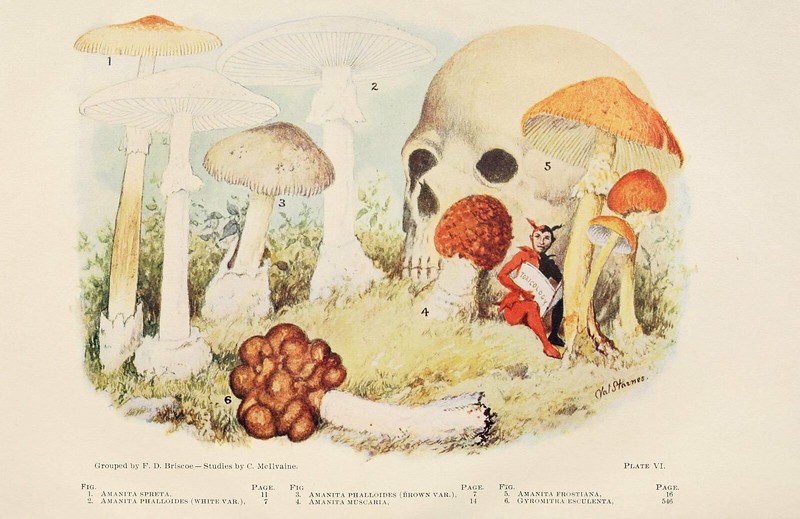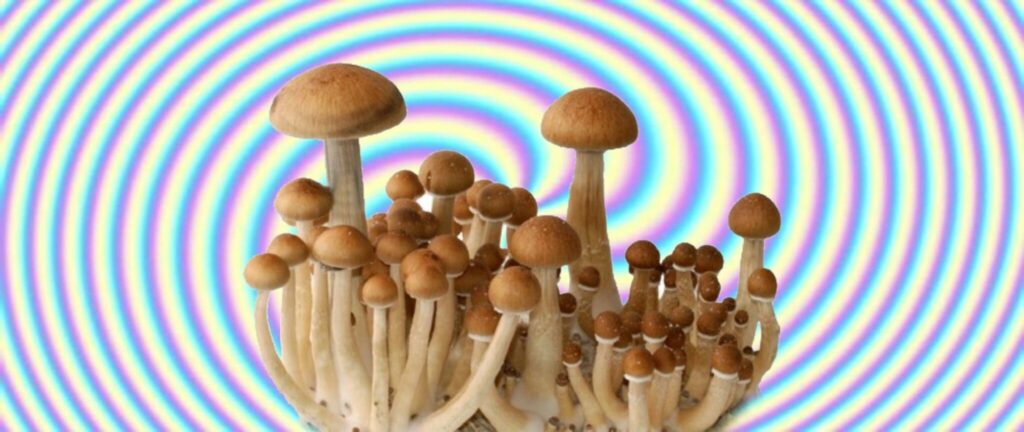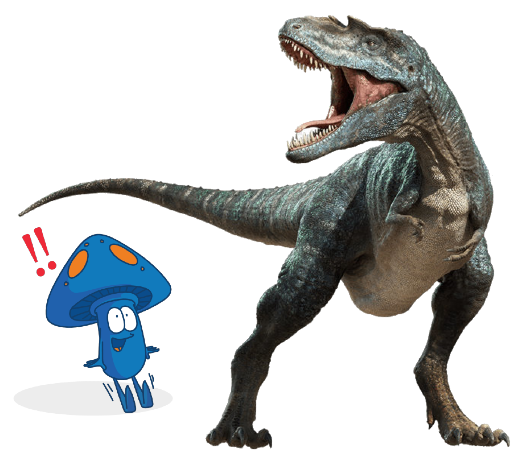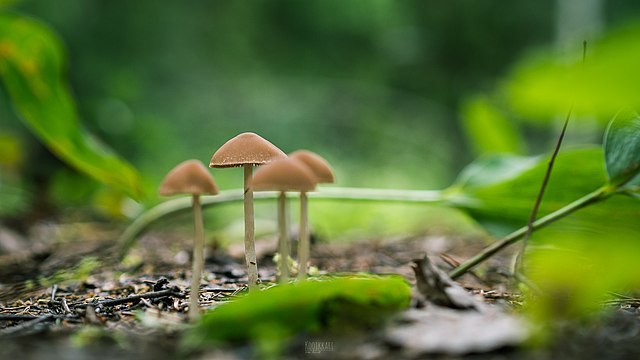In a recent study, published in Proceedings of the National Academy of Sciences, researchers analyzed the genomes of over 50 mushrooms belonging to the Psilocybe genus. Almost all mushrooms of the Psilocybe genus (as those with a little mycological knowledge will know) contain the psychedelic compounds psilocybin and psilocin.
A Significant Step Forward
Unbelievably, despite the significant global attention that psilocybin has received — due to its exciting potential as a treatment for mental illness or in palliative care — very few of the approximately 165 Psilocybe species have ever been studied before. This is largely due to the stigma and misunderstanding surrounding psychedelics, that has only recently begun to be redressed. This study’s genomic analysis of 52 Psilocybe specimens, including 39 species that have never been sequenced before, heralds a significant step forward.
Bryn Dentinger, co-author of the study and curator of mycology at the Natural History Museum of Utah, stated;
“Genomics is what you need to really investigate all of the unique properties of these different species… We pushed this as far as we possibly could with as many species and as many specimens as we could.”
Magic Mushrooms: Much Older Than You Think
Dentinger and his team also made the shocking discovery that mushrooms of the Psilocybe genus originated around 65 million years ago. Bear in mind here that the earliest human species appeared roughly 2 million years ago, with modern Homo sapiens (AKA, you and I) evolving only 300,000 years ago. That means that magic mushrooms had been producing trippy compounds for 63 million years before anything even recognisably humanoid turned up to the party! Prior to this study, scientists had no definitive estimate of when the psychedelic characteristics of these fungi appeared. This finding dates shrooms back far further than formerly assumed.

Why Did Mushrooms Become Psychedelic?
On top of that, researchers identified that these mushrooms had evolved two independent ways of making psilocybin, one of which was previously unknown. There were two distinct gene orders found within the gene cluster that produces psilocybin. This implies that there were two independent efforts to develop psilocybin in the evolutionary journey of psychedelic mushrooms.
So why were these mushrooms so determined to attain the trippy compound of psilocybin that they developed not one, but two, distinct gene orders to get it?
Well, the researchers also explored the potential reasons why Psilocybe mushrooms evolved to have psychotropic function in the first place. And, quite honestly, why it would benefit the mushroom still remains unclear in terms of hard evidence. The molecular structure of psilocybin mimics serotonin and binds itself to the serotonin receptors of mammals who chow down on these mushrooms, as well we know. The most likely, or common, theory is that the psychedelic effects caused by ingesting the mushroom acts as a deterrent or as a chemical defense against insects. However, this has not yet been verified scientifically.

Did The Death of the Dinosaurs Cause a Shroom Boom?
But, this theory does lead us to the bit you’ve been waiting for — enter, dinosaurs. The paleontologists among us (and who wasn’t one when they were 7?) might have recognized that 65 million years ago isn’t just significant because it’s the newly discovered birthdate of psilocybin. Why, it’s also when an asteroid struck the Earth, leading to the end of the reign of dinosaurs on this very planet. Basically, when dinosaurs went extinct, mushrooms got trippy. Coincidence? These scientists think not.
The ‘Gastropod Hypothesis’

The authors of this study will next prepare experiments to test what they are calling the ‘Gastropod Hypothesis’. This theory posits that mushrooms evolved psilocybin to stop slugs from eating them. Today, slugs are a significant predator of mushrooms. However, after the asteroid struck Earth 65 million years ago; not only dinosaurs, but any mammal much bigger than a rat, perished. This would have removed the majority of the slugs’ natural predators, causing them to flourish amongst the death and decay. Bad news for tasty mushrooms! So, they had to come up with a defensive measure against this growing army of predators.
So, did magic mushrooms develop their trippy abilities because an asteroid strike killed the dinosaurs, thus emboldening the ‘terrestrial gastropods’, leading them to find a novel way to protect themselves that we humans enjoy today? Well… we’ll have to wait and see.
The Study of Mushrooms is Changing How We View the World
The study of mushrooms, undervalued for so long, has already produced so many fascinating insights about the history of our planet, and all the diverse life it contains. By studying and sequencing psilocybin mushrooms, we learn about the evolutionary past, as well as the future of therapeutic treatments that could benefit the world.
Study lead author, Alexander Bradshaw emphasized the value of their research;
“It’s impossible to overstate the importance of collections for doing studies like this. We are standing on the shoulders of giants, who spent thousands of people-power hours to create these collections, so that I can write an email and request access to rare specimens, many of which have only ever been collected once, and may never be collected again,”

The researchers plan to sequence every known Psilocybe specimen, collaborating with specialists across the globe. Together, they hope to reveal the mysterious healing potential of magic mushrooms.





